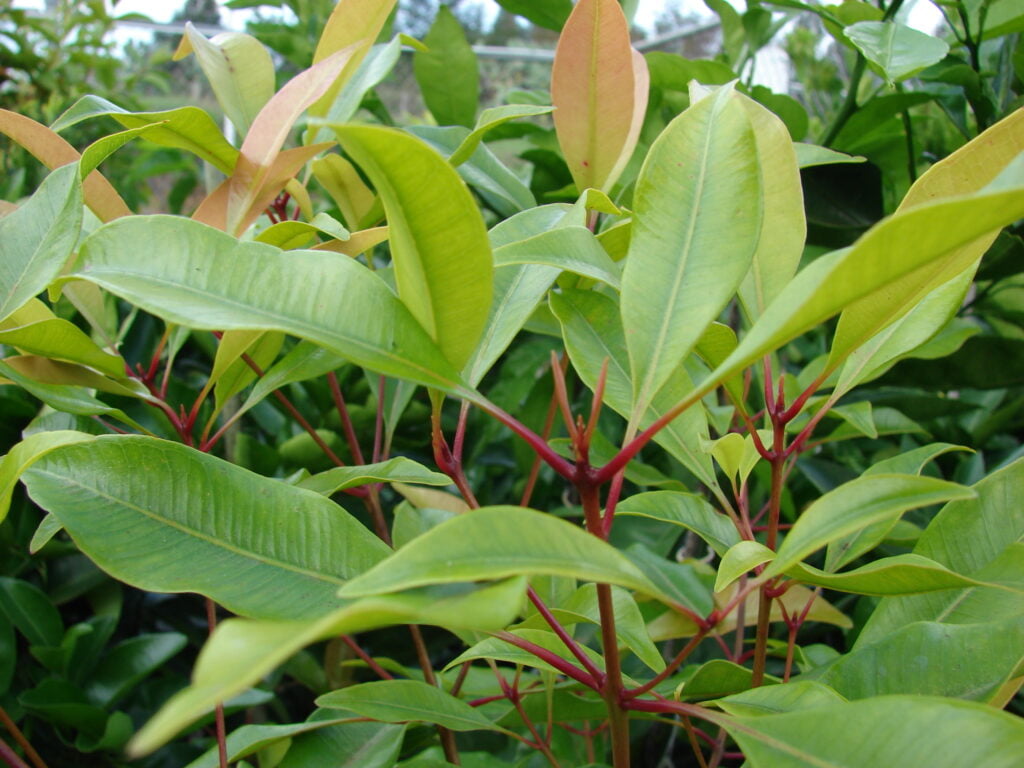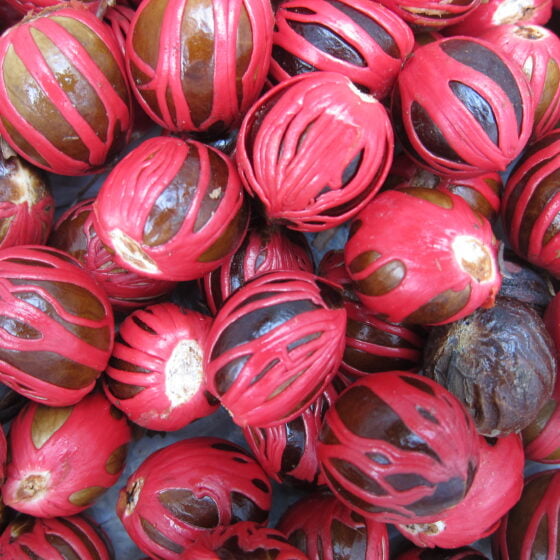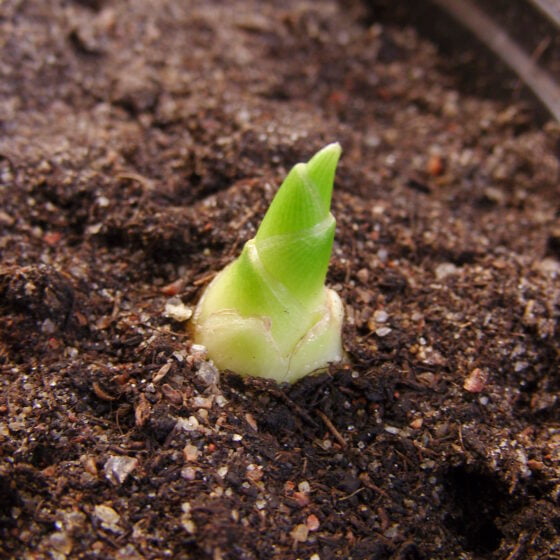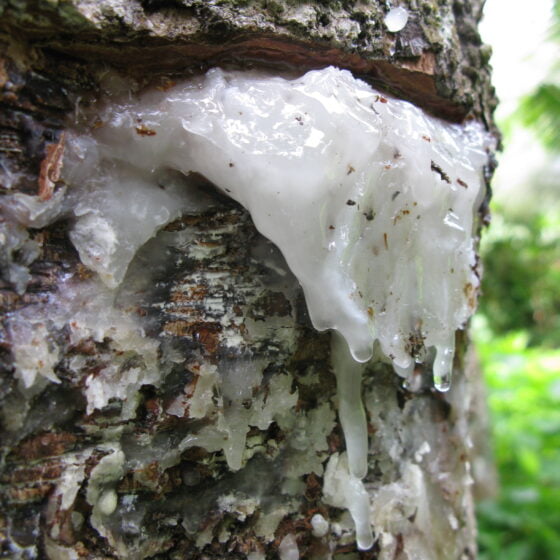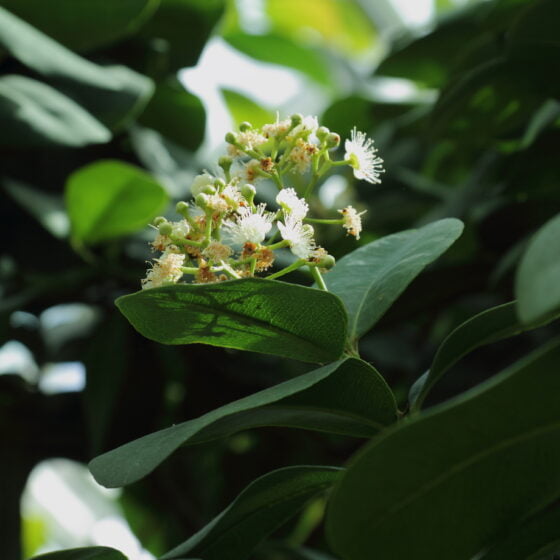
Clove leaves Madagascar
Eugenia caryophyllata
General data
Harvest Calendar
- J
- F
- M
- A
- M
- J
- J
- A
- S
- O
- N
- D
Product details Well-being side
Anti-infectious. Stimulant and mild aphrodisiac.
*The aromatherapy properties in this document are excerpted from reference books, scientific articles, or specialized websites and are provided to customer for its information and internal use only. Claims on a finished product remain the responsibility of the company making the finished product available on the market. About
The clove tree is a small tropical tree with dark-green, persistent foliage. The undersides of the leaves are dotted with pockets containing secretory odorous components. But the most fragrant parts of the plant are the buds, better known as cloves. The flowers, when in bloom, are pinkish-white to crimson, upright and grouped in threes. The leaves of the clove tree are cut during the harvest for distillation. The cut leafy branches are then distilled into an essential oil with a high concentration of eugenol, a forerunner molecule to the vanilla aroma. It has is spicy, pungent fragrance with a woody facet. The botanical name of clove tree is Syzygium aromaticum, with two synonyms: Caryophyllus aromaticus and Eugenia caryophyllata.
Native to the Indonesia archipelago of the Maluku Islands, the endemic clove tree is associated with many local traditions. The indigenous peoples customarily plant a clove tree upon each birth. If the tree grows well, it is a good omen for the child. Introduced in Europe in the Middle Ages, the clove’s geographical origin was long kept secret, due to the high cost of the spice. As a coveted tree, the clove tree was, like the nutmeg tree, the subject of heated competition between the Portuguese and the Dutch. In 1747, Pierre Poivre broke this monopoly by introducing the clove tree to French tropical islands.
Well-being side
Anti-infectious. Stimulant and mild aphrodisiac.
About
The clove tree is a small tropical tree with dark-green, persistent foliage. The undersides of the leaves are dotted with pockets containing secretory odorous components. But the most fragrant parts of the plant are the buds, better known as cloves. The flowers, when in bloom, are pinkish-white to crimson, upright and grouped in threes. The leaves of the clove tree are cut during the harvest for distillation. The cut leafy branches are then distilled into an essential oil with a high concentration of eugenol, a forerunner molecule to the vanilla aroma. It has is spicy, pungent fragrance with a woody facet. The botanical name of clove tree is Syzygium aromaticum, with two synonyms: Caryophyllus aromaticus and Eugenia caryophyllata.
Native to the Indonesia archipelago of the Maluku Islands, the endemic clove tree is associated with many local traditions. The indigenous peoples customarily plant a clove tree upon each birth. If the tree grows well, it is a good omen for the child. Introduced in Europe in the Middle Ages, the clove’s geographical origin was long kept secret, due to the high cost of the spice. As a coveted tree, the clove tree was, like the nutmeg tree, the subject of heated competition between the Portuguese and the Dutch. In 1747, Pierre Poivre broke this monopoly by introducing the clove tree to French tropical islands.
Other type of extracts
(Spicy)
